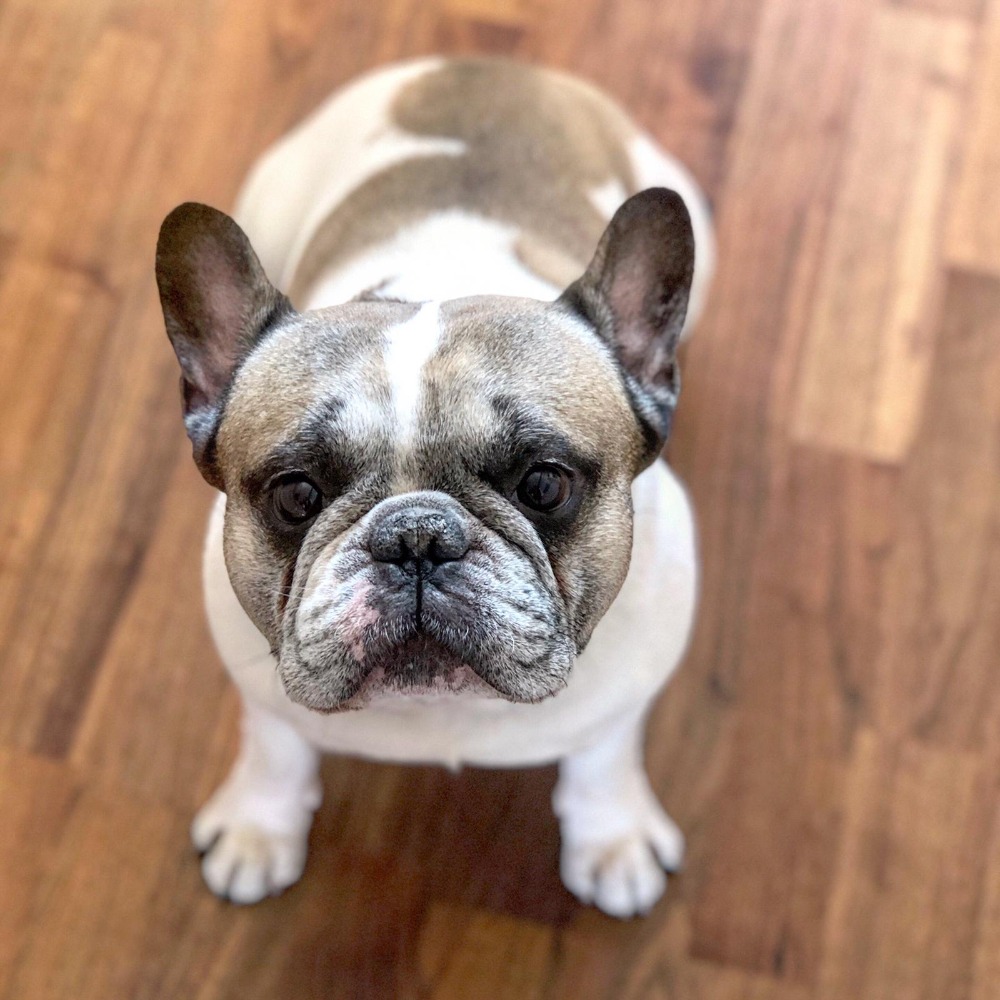
Hi, and thank you for reading me.
I wish I could be more consistent in showing up here on the blog, but the past few weeks have been intense, demanding, and somewhat painful.
After almost 13 years, we said goodbye to our Alberto — a French bulldog with, by now, a deeply human soul. Those who, like us, have grown up with an animal in the family know that pain — the physical and emotional absence that follows.
But today I’d like to talk about something else: positive thinking.
Or rather, does positive thinking really work?

With insights from scientists like Gabriele Oettingen and philosophers such as Gancitano and Colamedici, we’ll take a short journey through the ideas of positive thinking, the law of attraction, manifestation, and their possible alternatives.
Why this topic?
In my work as a counselor, I carry a great responsibility — one that comes from the trust people place in me. I owe them honesty. I ask them to take responsibility for their own lives and well-being, and so I must be honest, too.
Often, personal growth involves change, obstacles, fluctuating motivation. And there’s one phrase I will never say: “where there’s a will, there’s a way.”
Dr. Oettingen’s research has been extremely useful in showing how the framework of wishful thinking or positive thinking is, in reality, a kind of faith.
This belief was born between the United States and France at the end of the 19th and beginning of the 20th century — an era of neoliberalism, where everything in your life was said to be in your own hands: through effort and hard work, you could make your dreams come true.
A society centered on merit and performance.
The problem? We don’t all start from the same place. And the so-called social elevator is often stuck.
So, what happens when you don’t achieve what you want?
It’s your fault, they say — you didn’t try hard enough, you didn’t believe enough, you didn’t manifest it.
Oettingen dismantles the myth of positive thinking, but she doesn’t stop there — she looks for an alternative.
We are, as Deleuze said, “desiring beings.”
We need dreams and projects to live a full, meaningful life.
But the problem with positive thinking is that it can replace action with fantasy.
When Dreaming Replaces Doing
Research shows that visualizing our dreams as if they’ve already come true can actually relax us — to the point where we lose momentum.
If you want to unwind, that’s great.
But if you want to achieve something, you need motivation, clarity, and direction.
Our mind, in a way, confuses the fantasy with the goal itself.
That’s why visualization is used in relaxation techniques — it triggers pleasure, eases tension, and gives us the illusion of success.
But then, the drive to act fades.
So should we stop dreaming?
Of course not.
We just need to dream differently — with our eyes open.
Introducing WOOP: A Realistic Way to Dream
There’s a tool for that.
It’s called WOOP, developed by Dr. Gabriele Oettingen and Dr. Peter Gollwitzer.
WOOP helps you put on paper what often remains unspoken when we think about a project — the doubts, the obstacles, the “what ifs.”
It takes less than an hour, but that hour can reveal so much: whether your idea truly matters to you, what desire lies underneath, and how it could improve your quality of life.
WOOP works for any kind of goal — a career shift, a personal skill, a relationship, even a health change.
It helps you move past the fear of failure and focus on what’s realistically achievable.
It’s liberating — and it does wonders for your self-esteem.
It’s not about negative thinking or overplanning every step.
It’s about meeting your desires honestly — seeing both their beauty and their challenges.
It helps you prepare, not to control life, but to move through it with awareness.
And sometimes, it shows you that certain dreams you thought were essential… aren’t, after all.
Maybe they were just distractions.
A Tool for Growth, Not Perfection
WOOP is simple, but it requires a quiet kind of time — 40 to 45 minutes of honest reflection.
No one can do it for you, but once you learn it, you can apply it to every wish, every crossroad, every new chapter.
As you know, I work with active listening — helping people tell their stories from a distance, so they can see themselves more clearly.
Try it: tell a piece of your life as if it were a short story.
You’ll be amazed by the details and emotions that emerge.
Then, when it comes to your wishes, bring in WOOP — a tool that helps your personal blooming unfold.
Because in the end, our dreams and projects aren’t about performance.
They’re about meaning.
Even when they don’t come true, they leave us with something precious: experience.
My father used to say, whenever something didn’t go as I had hoped:
“They’re all experiences.”
Back then, I’d sigh.
Today, I smile — because I finally understand.
If you’re in a moment of your life where you feel the need to pause and refocus, I’m here.
Reach out.
I’ll listen.
See you soon — promise.
g.l.

